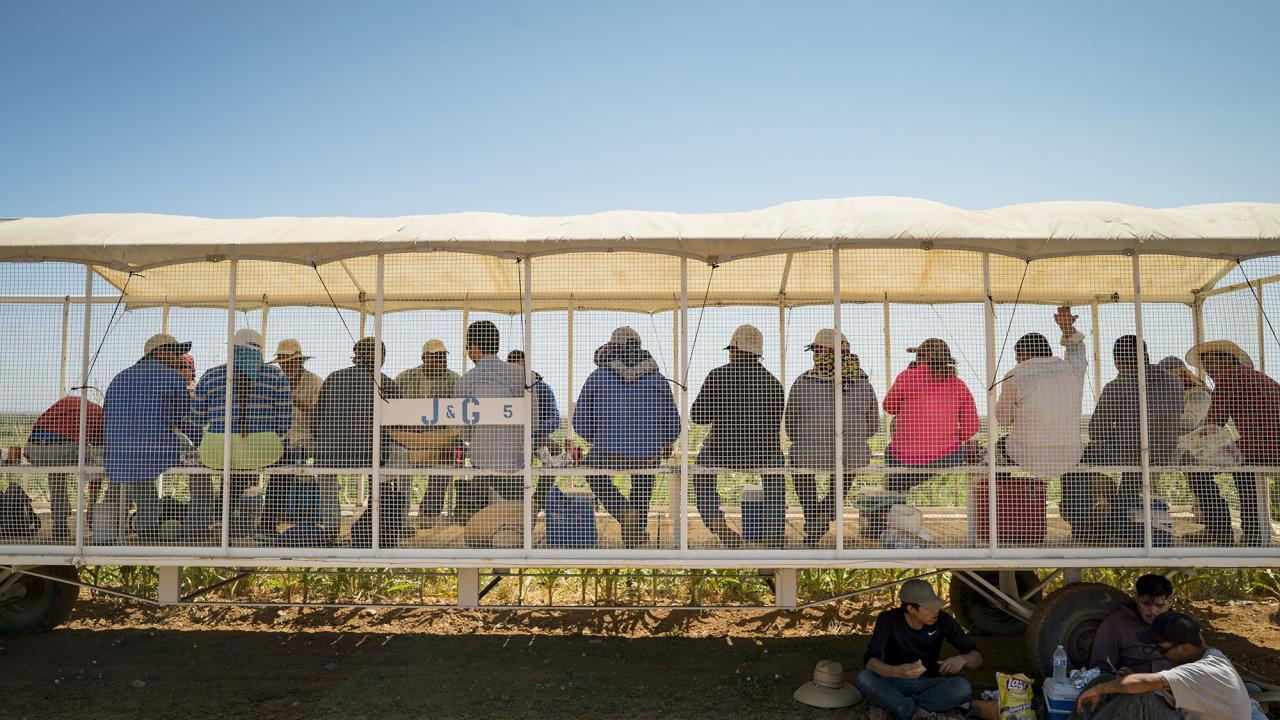
Heat Illness Prevention Standard Requirements
As the summer heat quickly approaches, it is important for all outdoor places of employment, including agriculture, to know that a Heat Illness Prevention Plan can be integrated into their Injury and Illness Prevention Program (IIPP).
By law, employers must have a plan that includes:
- Training for supervisors and workers on the following topics:
- Exposure to environmental and personal risk factors for heat illness
- Employer’s procedures for complying with the requirements of the standard
- Importance of drinking water and allowing for acclimatization
- Types of heat illness, common signs and symptoms
- Employer’s procedures for responding to symptoms of heat illness
- A plan for emergencies, including procedures for contacting emergency medical services as well as making sure workers know how to provide clear and precise directions to the worksite.
- Enough cool, fresh water to provide one quart per employee per hour for the entire shift.
- Providing rest and shade which must be present at all times when temperature exceeds 85°F. There should be enough shade to accommodate 25% of workers of the shift at any time. They must be able to sit in a normal position and not have physical contact with each other in order to allow their bodies to cool down.
- Acclimatization, allowing time for workers to get use to the heat, usually takes from 2-14 days.
- High-heat procedures. When the temperature equals or exceeds 95°F, the employer must:
- Observe workers for alertness and signs of heat illness
- Remind workers to drink plenty of water
- Maintain communication by voice, observation, or electronic means
- Provide close supervision for new workers to ensure they are prepared for outdoor work
This plan not only ensures that outdoor places of employment are in compliance with the law but most importantly, that outdoor workers are safe from heat illness.
Additional Resources
- WCAHS Heat Illness Symptoms Emergency Card
- Cal/OSHA Heat Illness Prevention eTool
- Cal/OSHA Title 8, Section 3395 Heat Illness Prevention Standard
Learn more about our free Injury and Illness Prevention Program (IIPP) trainings.
